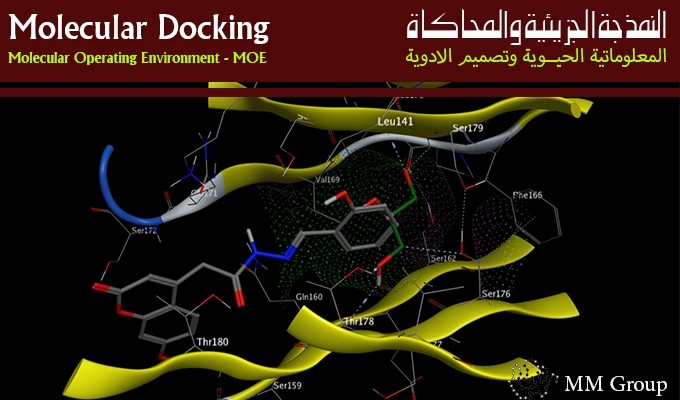

- #Molecular operating environment installation guide install
- #Molecular operating environment installation guide drivers
- #Molecular operating environment installation guide update
- #Molecular operating environment installation guide full
VMD 1.9.3 uses OpenGL Shading Language shaders written for the version 1.10 version of the standard (now a few years old). This mode can be enabled by adding and setting the environment variable 'VMDSIMPLEGRAPHICS' to '1' in the control panel 'System Properties' window, in the 'Advanced' tab.
#Molecular operating environment installation guide update
the ATI, Intel, or NVIDIA web driver update web sites.) If all else fails, it is possible to enable a system-wide environment variable in Windows which will cause VMD to avoid using any advanced OpenGL graphics features, using a minimalistic 'safe subset', which will reduce performance but increase stability.

#Molecular operating environment installation guide drivers
This type of problem can typically be immediately remedied by visiting the video card vendor's web site and downloading and installing their most up-to-date drivers for your graphics board. This is particularly true of video drivers that have sub-standard implementations of OpenGL Shading Language. Some users have owned machines for a year and never updated their drivers, and so the first time they run VMD, it encounters the old/buggy driver, sometimes leading to a crash, garbled images on the display, or other symptoms. While extreme forms of these symptoms are a rare occurence, it has been known to happen with computers purchased coincident with the release of brand new graphics chipsets, when drivers are the most buggy.
#Molecular operating environment installation guide install
#Molecular operating environment installation guide full
The value of this new environment variable must contain the full pathname of the MSMS binary that you've installed on your computer, e.g.: c:program filessomedirectorymsms.exe This is done using the Windows control panel 'System' window, and adding the new environment variable using the 'advanced' tab, opening the 'environment variables' window from there, and adding the new MSMSSERVER variable, with the value set to your MSMS binary path as above.


 0 kommentar(er)
0 kommentar(er)
